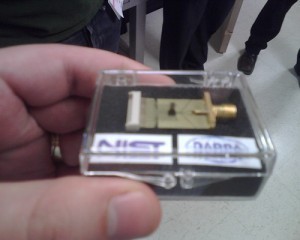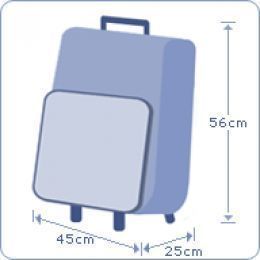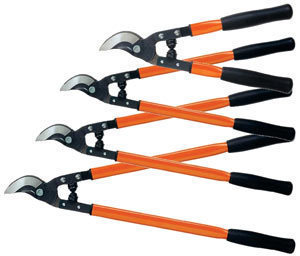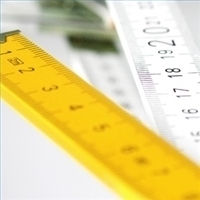Smallest Clock
The world’s smallest clock is the atomic clock. Its dimensions are the same as a piece of rice. It pulls 30 mA of current off a 2.4 volt battery. The device is used in GPS receivers, satellites and network computers.
Facts about the Atomic Clock
It is a device used for precise timekeeping. It utilizes the known frequency standard of an element to determine time. All elements generate pulses at specific intervals but at different frequencies. These emissions are regular and very stable.
Using these pulses, the device can tell time with precision. These devices tell time so precisely the second is defined based on cesium 133. This is an element used in the world’s smallest clock.
Oscillators
Atomic timekeeping devices use an oscillator to measure time. The oscillator is attuned to the frequency emissions. The oscillator is set in a tightly controlled environment. This is to ensure uncertainty is removed.
This way, the oscillator can respond to the element in the timekeeping device. It should be stressed that the clock does not have anything to do with nuclear radiation.
Origin
The first atomic timekeeping device was developed in 1948. However, it was not accurate, but the theories based on it were proven true. Despite the initial setback, new and more accurate versions were developed. The development of cesium fountain clocks was eventually developed. They would be used to monitor the Universal Standard Time.
Usage
These devices are used by scientific labs to monitor time. These are also utilized by national governments to ensure time is correct. Scientists in particular, often need them when conducting experiments.
There are many so-called atomic clocks for sale. In fact, these are radio clocks. They interact with atomic timekeeping devices to monitor time. These are suitable for everyday use. However, there is a small margin of error. This makes them unacceptable for scientific experiments.
The National Institute of Standards and Technology (NIST) in the US has a cesium fountain atomic clock in Colorado. It is one of several atomic timekeeping devices used for maintaining International Atomic Time.
Similar labs can be found in Russia, India, Egypt, France, Brazil, New Zealand, Australia and the UK. Many other countries also have their own atomic timekeeping devices.
Even if you don’t have the world’s smallest clock, most of the timekeeping devices available today are more than sufficient. Only if you are conducting scientific experiments will these atomic timekeeping gadgets be necessary.





